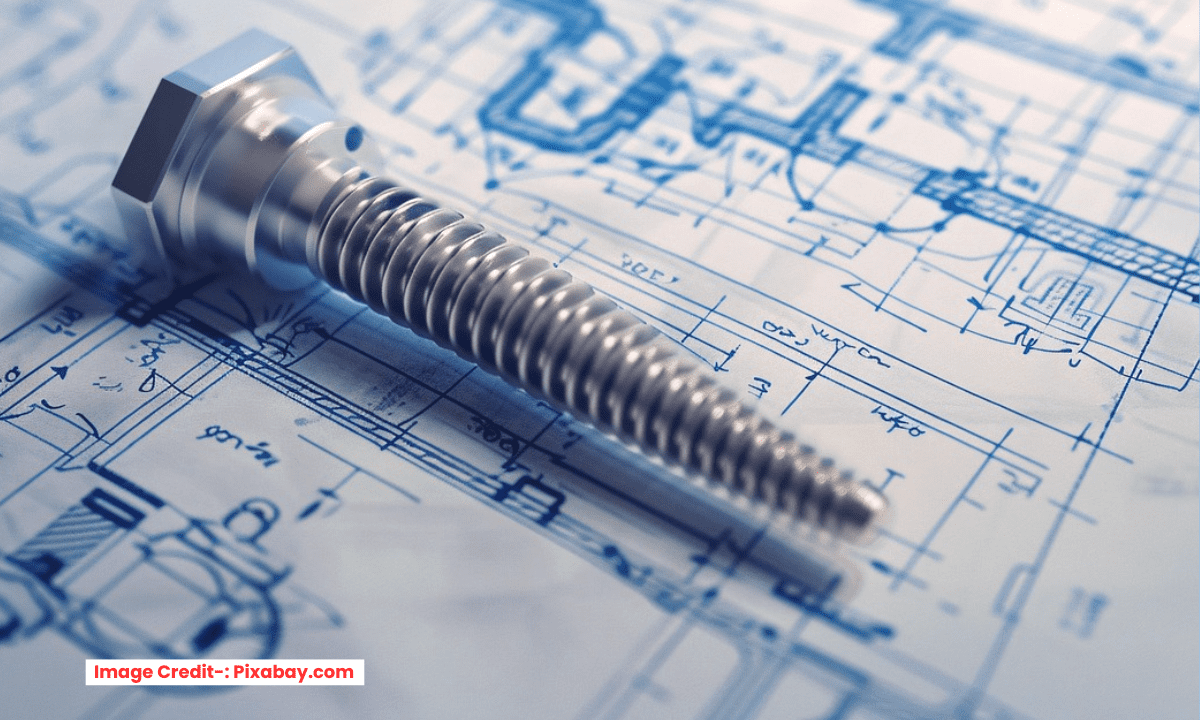
Geometric Dimensioning and Tolerancing (GD&T) is a symbolic language used on engineering drawings to precisely define a part’s form, orientation, and location. It moves beyond the limitations of traditional “±” tolerancing, which only controls a feature’s size, by specifying how its geometry can vary.
The system’s power stems from its use of a Datum Reference Frame. Datums are theoretically exact points, axes, and planes derived from the part’s physical features (e.g., a mounting surface, a central bore). This frame acts as a coordinate system that simulates how the part will be assembled, ensuring all measurements are taken from the correct functional references.
GD&T is organized into controls:
-
Form (e.g., Flatness, Straightness): Controls the shape of an individual feature, independent of other features.
-
Orientation (e.g., Parallelism, Perpendicularity): Controls the tilt of a feature relative to a datum.
-
Location (e.g., Position, Concentricity): Precisely defines the location of a feature within the datum frame.
-
Runout (e.g., Circular Runout): Controls the variation of a surface during rotation.
A critical concept is the Material Condition Modifier (MMC/LMC), which allows a tolerance to increase as a feature deviates from its maximum material condition. This maximizes manufacturability and ensures assembly.
For a mechanical engineer, GD&T is essential for communicating design intent, ensuring functional parts will assemble correctly, and providing a larger, more logical tolerance zone for cost-effective manufacturing.
Here is a crash course in GD&T focusing on Datums, Form, and Orientation, framed for practical understanding.
GD&T Crash Course: Datums, Form, and Orientation
Geometric Dimensioning and Tolerancing (GD&T) is a language for precisely defining the geometry of a part, not just its size. It ensures parts will assemble and function correctly, regardless of who manufactures them.
1. The Foundation: Datums-:
Think of a Datum as an exact, theoretical geometric reference from which you take measurements. It’s the origin of your coordinate system for the part.
-
Datum Feature: The physical feature on the part (a surface, hole, etc.) that contacts the datum during inspection.
-
Datum Reference Frame (DRF): The three mutually perpendicular planes (Primary (A), Secondary (B), Tertiary (C)) that immobilize the part in space.
-
Why it matters: Datums tell the inspector how to “clock” the part in the measuring machine. Without them, measurements are ambiguous.
2. Form Controls (No Datums Required)-:
Form controls define the shape of an individual feature, independent of other features.
-
Flatness: How “flat” a surface is.
-
Symbol: ▱
-
What it does: Creates a 3D tolerance zone between two parallel planes. The entire surface must lie within this zone.
-
Key Point: It is often applied to surfaces that will be Datums.
-
-
Straightness: How “straight” a line element or an axis is.
-
Symbol: ⎕
-
What it does: On a surface, it controls individual 2D line elements. On a diameter, it controls the bend in the axis of the cylinder (this is powerful).
-
-
Circularity (Roundness): How “round” a circular cross-section is.
-
Symbol: ○
-
What it does: Creates a 2D tolerance zone between two concentric circles on a single cross-section.
-
-
Cylindricity: A combination of circularity, straightness, and taper.
-
Symbol: ⌭
-
What it does: Creates a 3D tolerance zone between two coaxial cylinders. It’s the most comprehensive form control for a shaft or hole.
-
3. Orientation Controls (Always Require a Datum)-:
Orientation controls define the angular relationship between a feature and a datum.
-
Parallelism: How parallel a surface or axis is to a datum.
-
Symbol: //
-
What it does: For a surface, it creates a 3D tolerance zone parallel to the datum plane. It’s often a more functional callout than flatness.
-
-
Perpendicularity (Squareness): How square a surface or axis is to a datum.
-
Symbol: ⟂
-
What it does: Creates a tolerance zone perpendicular to the datum. This is critical for ensuring parts assemble without binding.
-
-
Angularity: Controls a specified angle (other than 90°) to a datum.
-
Symbol: ∠
-
What it does: Creates a tolerance zone oriented at a basic angle to the datum.
-
The Key Takeaway:
-
Form is about the shape of a feature by itself.
-
Orientation is about the relationship of a feature’s shape to a datum.
By using this system, you move from the ambiguity of “make this flat” to the precision of “this surface must be flat within 0.1 mm and parallel to Datum A within 0.2 mm,” which is unambiguous and enforceable.
“Thank you for reading! If you found this article insightful and valuable, consider sharing it with your friends and followers on social media. Your share can help others discover this content too. Let’s spread knowledge together. Your support is greatly appreciated!”

